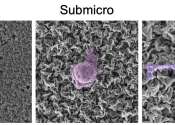The road to food security through better plant disease management
The colorful history of plant pathology in Australia since colonization is the subject of a special edition of Historical Records of Australian Science, edited by QAAFI's Associate Professor Andrew Geering.









